KNIT MAGAZINE
Understanding Thread Thickness and Knitting Machine Gauges

- Post date:
- January 14, 2025 07:00
- (Update: November 22, 2024 23:02)
KNIT MAGAZINE

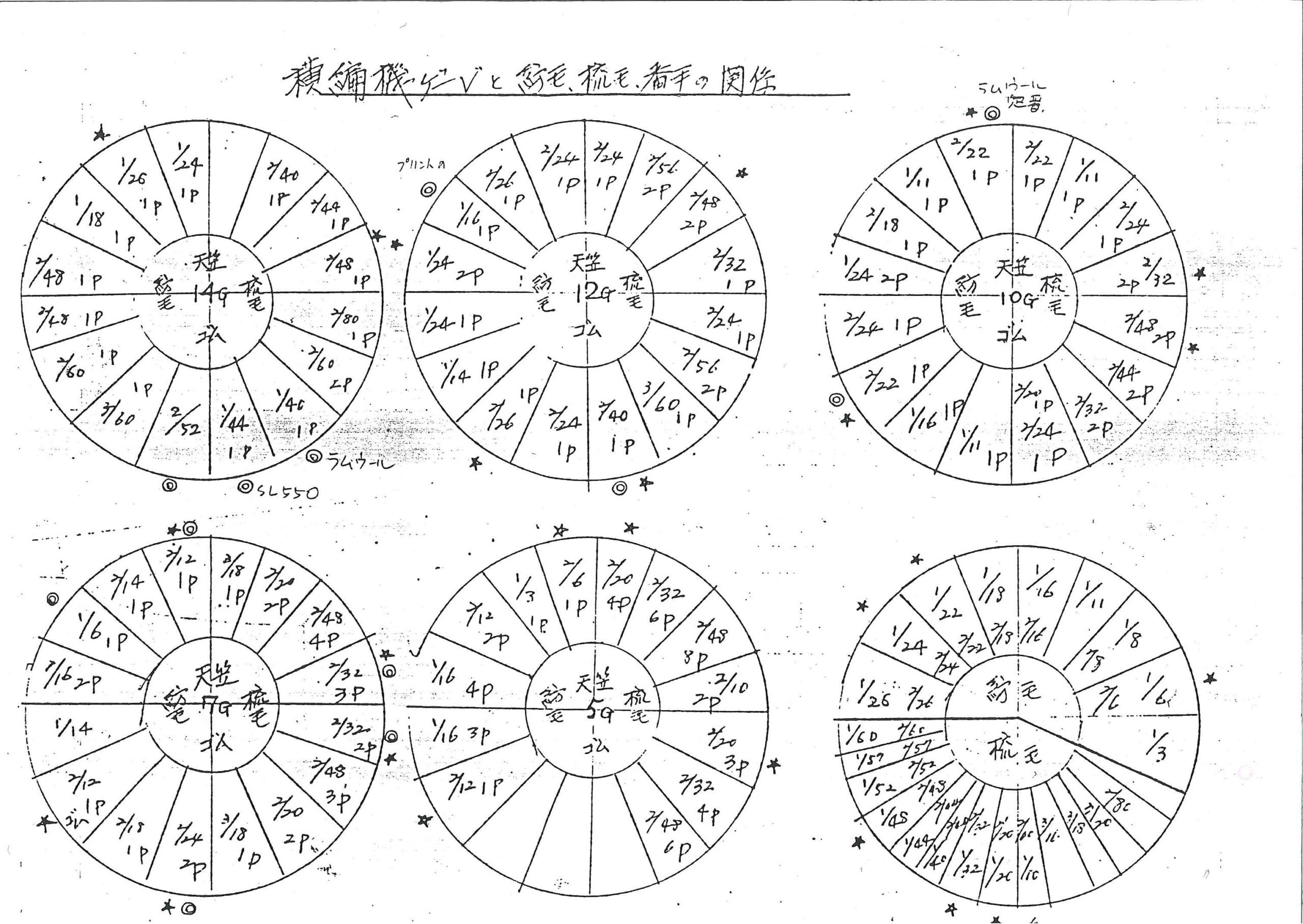
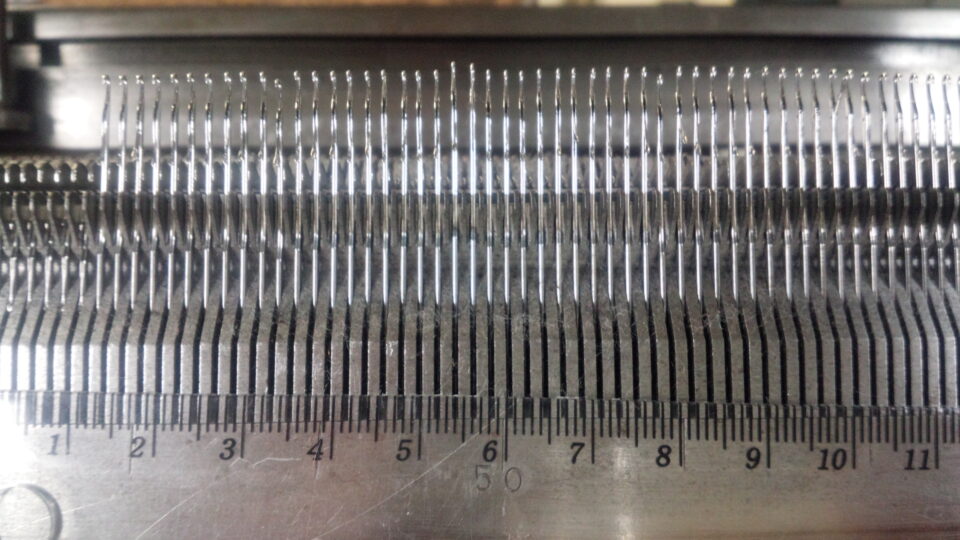
Table of Contents
When knitting sweaters, we need to consider the relationship between thread thickness and the gauge of the knitting machine. Gauge refers to how many needles are set within 1 inch (2.54 cm) on a knitting machine. This determines the density of the knit and is crucial when selecting the right machine for your thread.
The number in the gauge corresponds to the number of needles per inch. For example, a 3-gauge machine has 3 needles per inch, a 7-gauge machine has 7, and so on. These standards are consistent across manual, hand-held, and automatic knitting machines.

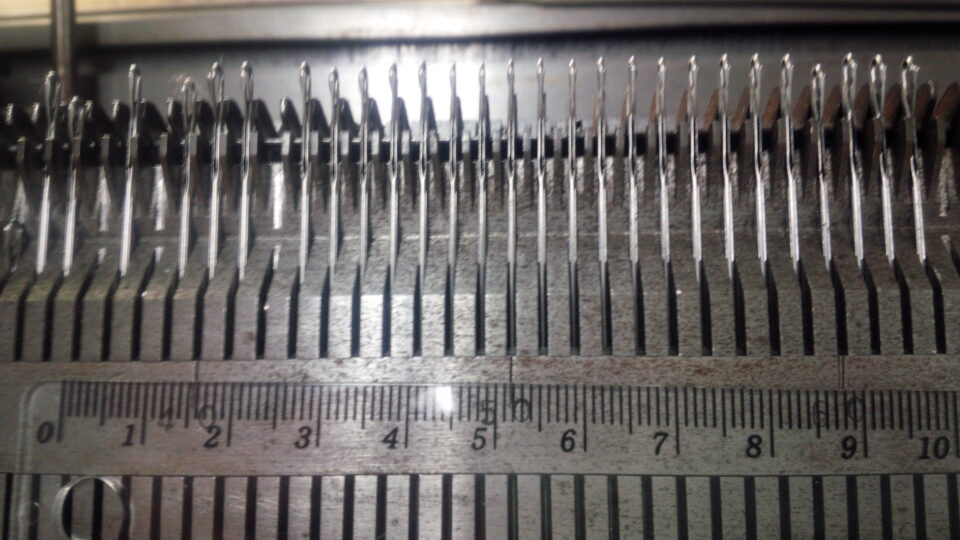
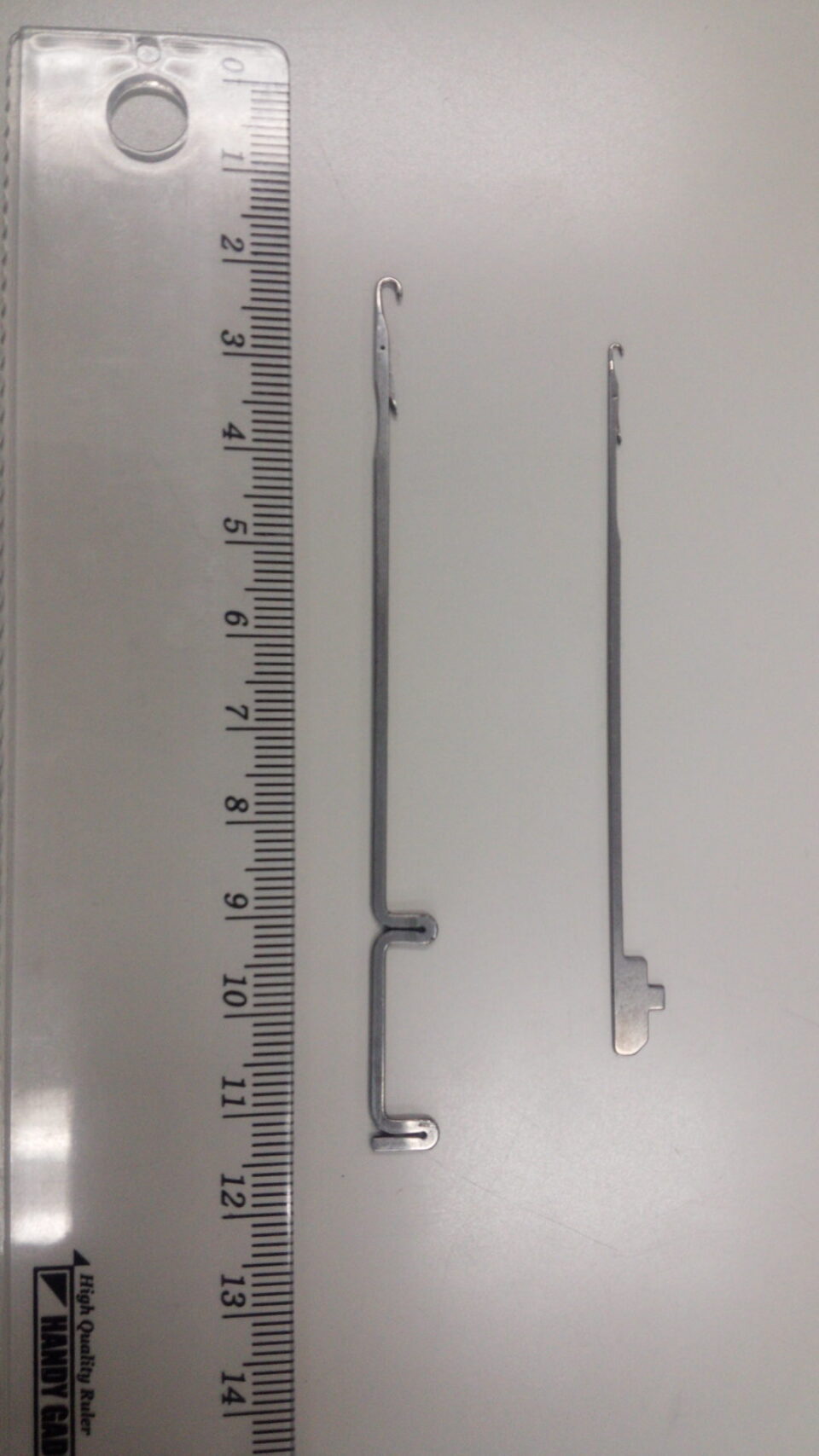
Needle Comparison: The top needle in the image is for 12-gauge machines, while the bottom one is for 7-gauge machines.
12-Gauge Hand Machine: Suitable for finer yarns.
7-Gauge Hand Machine: Suitable for medium-weight yarns.
What Is a Gauge?
When knitting sweaters, we need to consider the relationship between thread thickness and the gauge of the knitting machine. Gauge refers to how many needles are set within 1 inch (2.54 cm) on a knitting machine. This determines the density of the knit and is crucial when selecting the right machine for your thread.
The number in the gauge corresponds to the number of needles per inch. For example, a 3-gauge machine has 3 needles per inch, a 7-gauge machine has 7, and so on. These standards are consistent across manual, hand-held, and automatic knitting machines.
What Is a Gauge?
When knitting sweaters, we need to consider the relationship between thread thickness and the gauge of the knitting machine. Gauge refers to how many needles are set within 1 inch (2.54 cm) on a knitting machine. This determines the density of the knit and is crucial when selecting the right machine for your thread.
The number in the gauge corresponds to the number of needles per inch. For example, a 3-gauge machine has 3 needles per inch, a 7-gauge machine has 7, and so on. These standards are consistent across manual, hand-held, and automatic knitting machines.
The gauge must align with the thickness of the thread. Thick yarns can’t be knitted on high-gauge machines, as the tension becomes too tight. Similarly, thin yarns can’t be used on low-gauge machines because the knit will be too loose.
Choosing the correct gauge ensures a well-constructed knit.
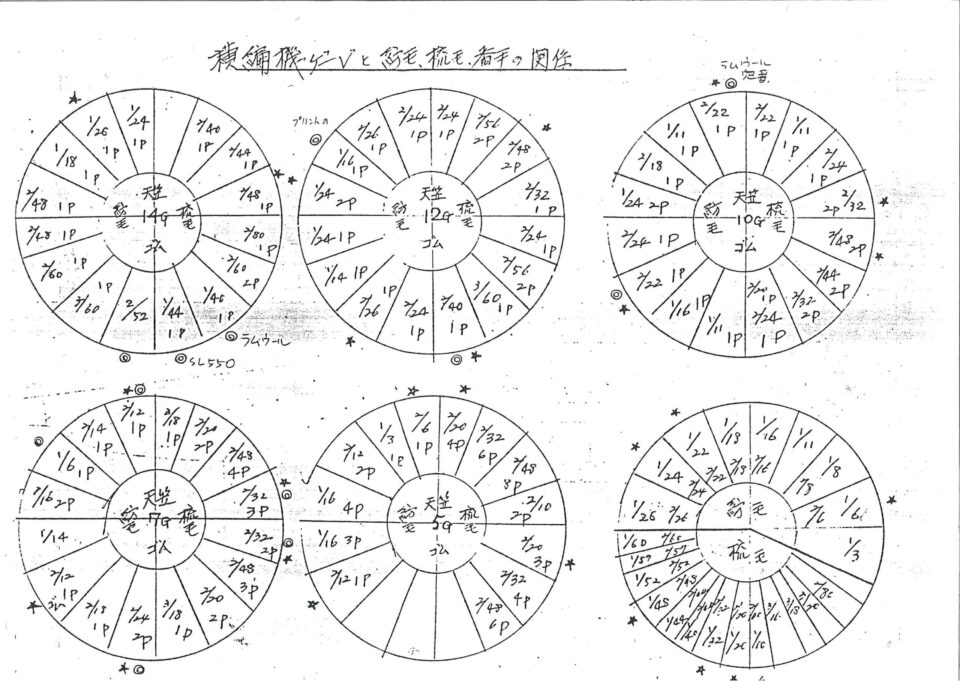
The table shown divides the gauge selection into two categories:
The left side of the table represents worsted yarn, while the right side covers woolen yarn.
This table, created over 30 years ago by a knitting company, shows how gauge usage has evolved. Back then, 12-gauge machines were the standard, and 14-gauge machines were the only option for finer work.
While thread count provides a basic guideline, thread thickness varies by material, so it’s dangerous to rely solely on the count. Even threads of the same count may require different gauges depending on the item being made (e.g., innerwear vs. outerwear).
Additionally, variations in knitting techniques and organizations may impact the final result.
Please don’t feel intimidated by the technicalities of thread count and gauge selection. Experiment with different combinations to find the right match for your project. Adjustments may be needed, but the process can be both enjoyable and rewarding.
Explore new possibilities and enjoy creating with flat knits. See you next time!
Subscribe Now
To receive the latest updates and insights, subscribe to our newsletter.
Contact Us
For further inquiries regarding this article, please feel free to contact us.